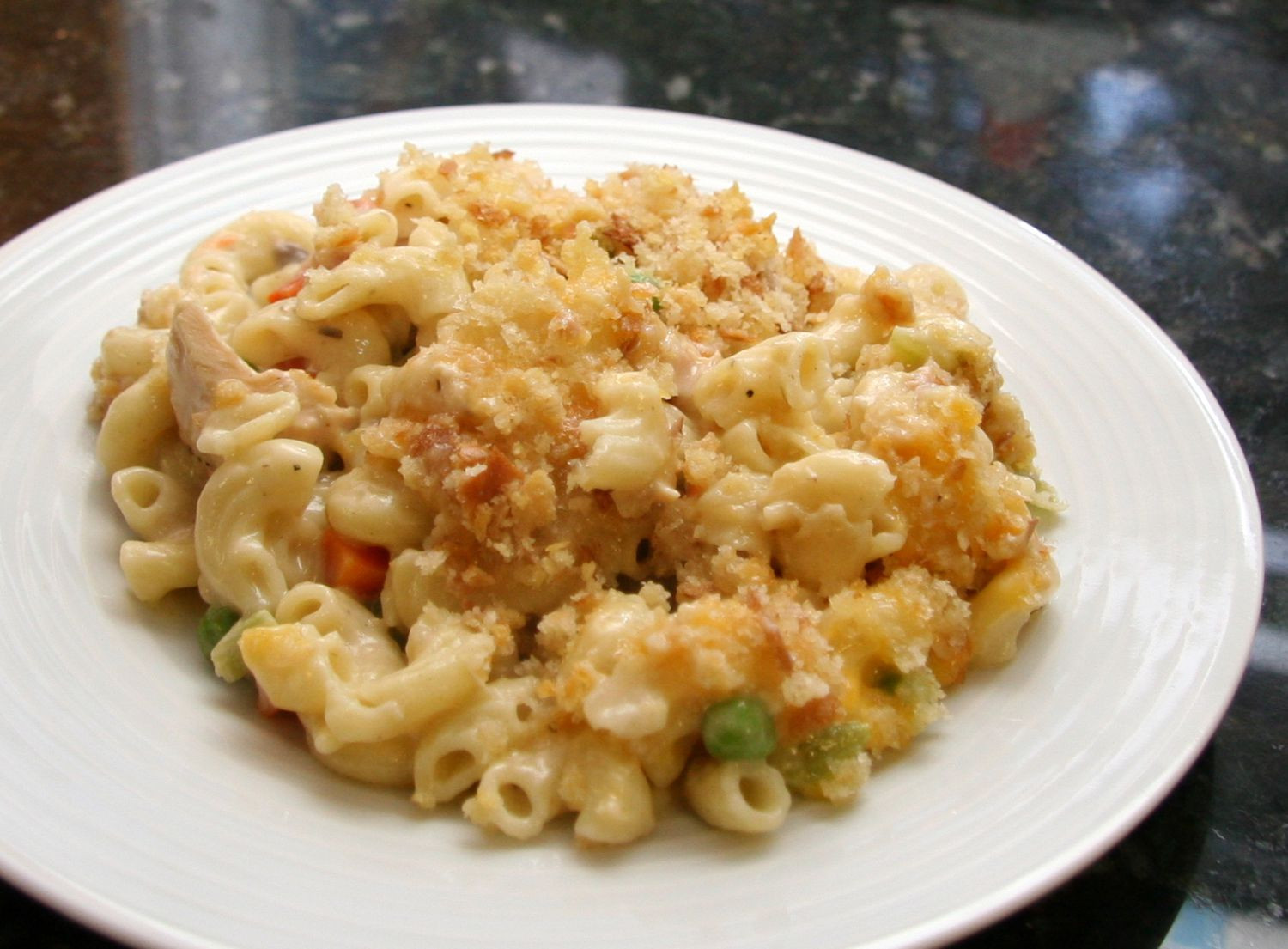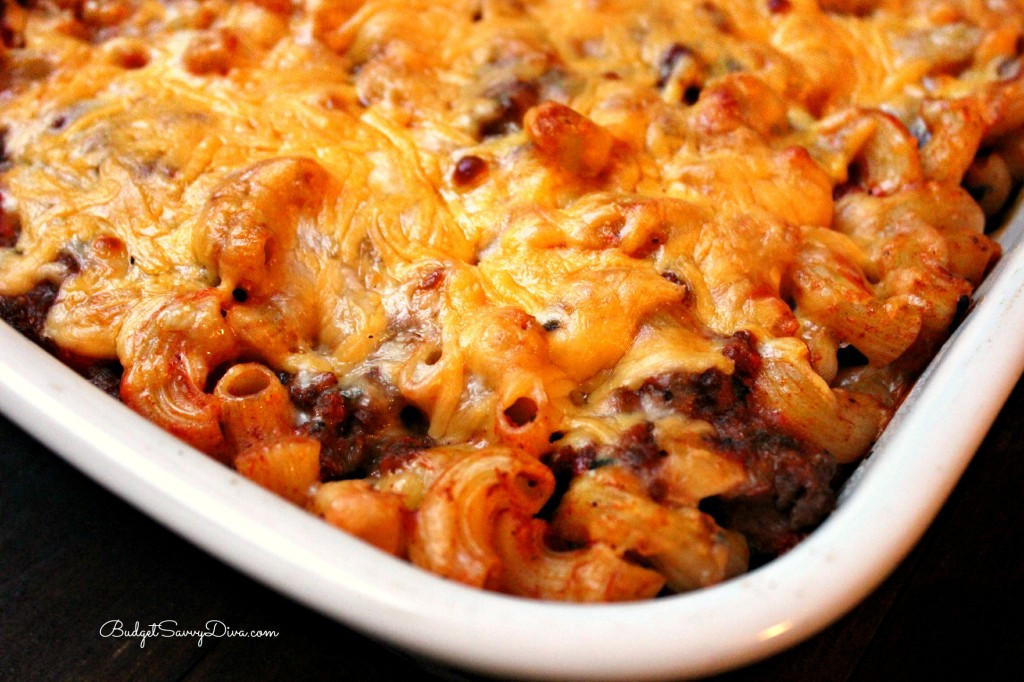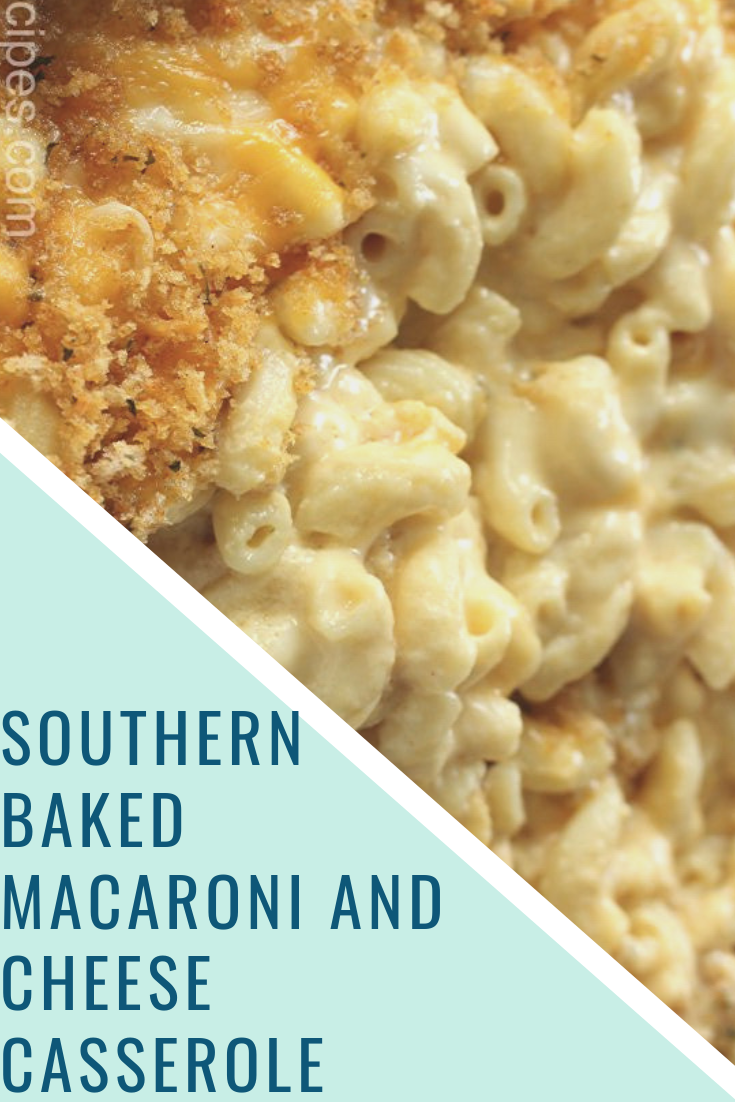



However, the product as well as the name derive from the ancient Greek "Macaria". refer to elbow-shaped pasta similar to macaroni in North American culture. The many varieties sometimes differ from each other because of the texture of each pasta: rigatoni and tortiglioni, for example, have ridges down their lengths, while chifferi, lumache, lumaconi, pipe, pipette, etc. Maccheroni comes from Italian maccheroni, plural form of maccherone. In Brazilian Portuguese, Estonian, Greek, Iranian, Russian, Ukrainian, and other Slavic languages, as well as Arabic, Turkish, Kazakh, Azerbaijani, Uzbek, Kyrgyz, and other Turkic languages and some Italian-American dialects the word was adapted as a generic term for all varieties of pasta.

This general meaning is still retained outside Rome and in different languages which borrowed the word. In Italian, maccheroni refers to elongated pasta, not necessarily in tubular form. In the United States, federal regulations define three different shapes of dried pasta, such as spaghetti, as a "macaroni product". In Italy and other countries, the noun maccheroni can refer to straight, tubular, square-ended pasta corta ("short-length pasta") or to long pasta dishes, as in maccheroni alla chitarra and frittata di maccheroni, which are prepared with long pasta like spaghetti. The word "macaroni" is often used synonymously with elbow-shaped macaroni, as it is the variety most often used in macaroni and cheese recipes. The curved shape is created by different speeds of extrusion on opposite sides of the pasta tube as it comes out of the machine. Some home machines can make macaroni shapes but, like most pasta, macaroni is usually made commercially by large-scale extrusion. Made with durum wheat, macaroni is commonly cut in short lengths curved macaroni may be referred to as elbow macaroni. Macaroni ( / ˌ m æ k ə ˈ r oʊ n i/, Italian: maccheroni) is dry pasta shaped like narrow tubes. Elbow macaroni die: front view (left), and rear view (right)


 0 kommentar(er)
0 kommentar(er)
